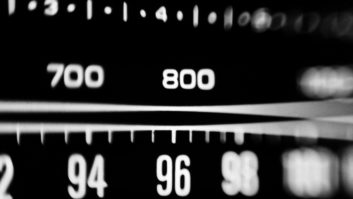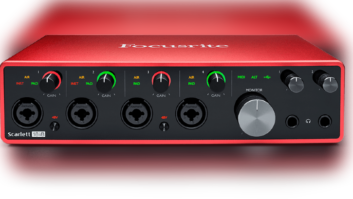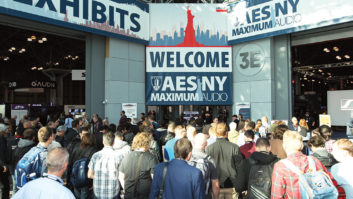Last October, the FCC forced radio stations to implement a formal process of coordination for the use of 950 MHz aural studio-to-transmitter links. Ironically the Powell Commission, known for its deregulatory passion on the topic of station ownership, showed itself willing to increase the regulatory burden in this small, but widely used, chunk of spectrum.
In its actions, the FCC rejected the comments filed by the Society of Broadcast Engineers, which warned that the commission’s own database of existing aural Broadcast Auxiliary Service users was rife with errors and no guidelines for proper frequency coordination of these services existed.
It is worth noting that the SBE knows something about frequency coordination in the aural STL band. Volunteer SBE frequency coordinators have been successfully managing the use of 950 MHz band STLs for decades.
As part of the new rules, all applicants for use of the 950 MHz band must provide a certification that any new use will protect existing users. That seems fair enough. But without providing an accurate standard to predict interference, it is hard to see how this process improves upon the experience and knowledge of the old volunteer frequency coordinators, who also could be easily contacted if a problem did occur.
Further, the FCC called for all applicants to perform a “prior coordination” with existing users. The goal of this process is to allow existing users the opportunity to evaluate the interference potential for themselves. However, without published interference guidelines, it is hard to see how any amount of prior notice will aid an individual station. And the commercial frequency coordinators, lacking solid regulatory guidance, have responded to this requirement in a bizarre fashion.
It is now routine to receive dozens of PCNs (Prior Coordination Notices) on a weekly basis at a typical major-market radio station. Most PCNs are completely irrelevant to the station that receives them. A recent example at one radio station was a flood of notices (all featuring minor differences) that detailed the imminent construction of a new service on 22 GHz, obviously not a potential interferer to users at 950 MHz. Confronted with this overload of useless information, the impulse is to simply throw them all away.
It would seem that in trying to improve operations in the aural STL band, the FCC may have broken something that didn’t need to be fixed. Unfortunately, it’s probably too late to turn back the clock to the old volunteer process. To move forward, the FCC should fix the current nonsense and get serious about creating the necessary interference guidelines. Perhaps the SBE would be willing to help.
In the meantime, it would be nice if the commercial companies that are doing the coordination would refrain from their current practice of sending PCNs to every user, regardless of potential for interference. By using a bit of common sense, it should be possible to reduce the number of PCNs to a small fraction of their current volume, and give us a break.
— Radio World












